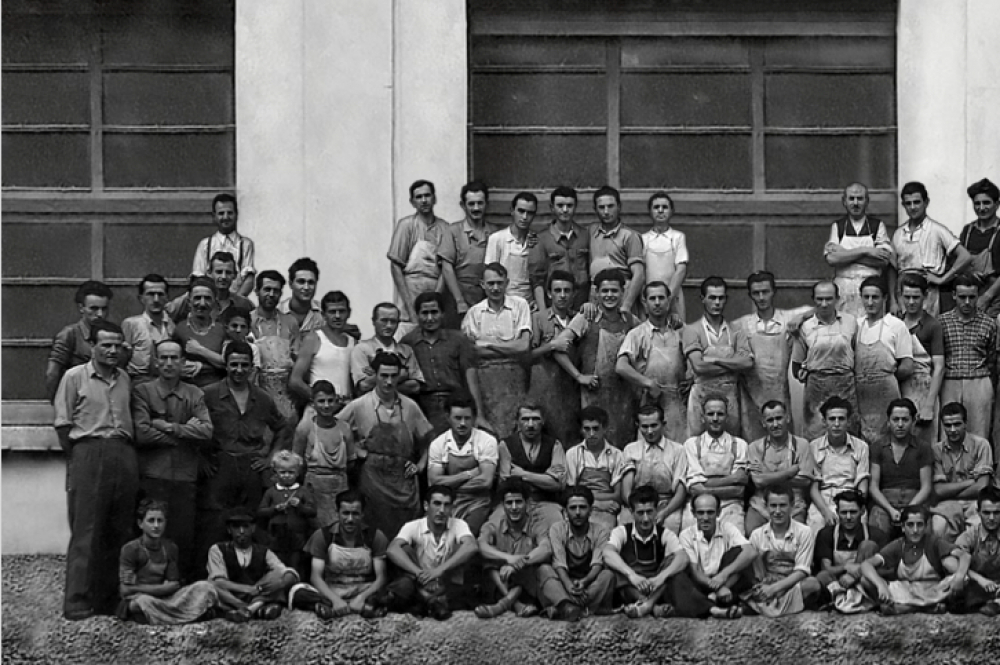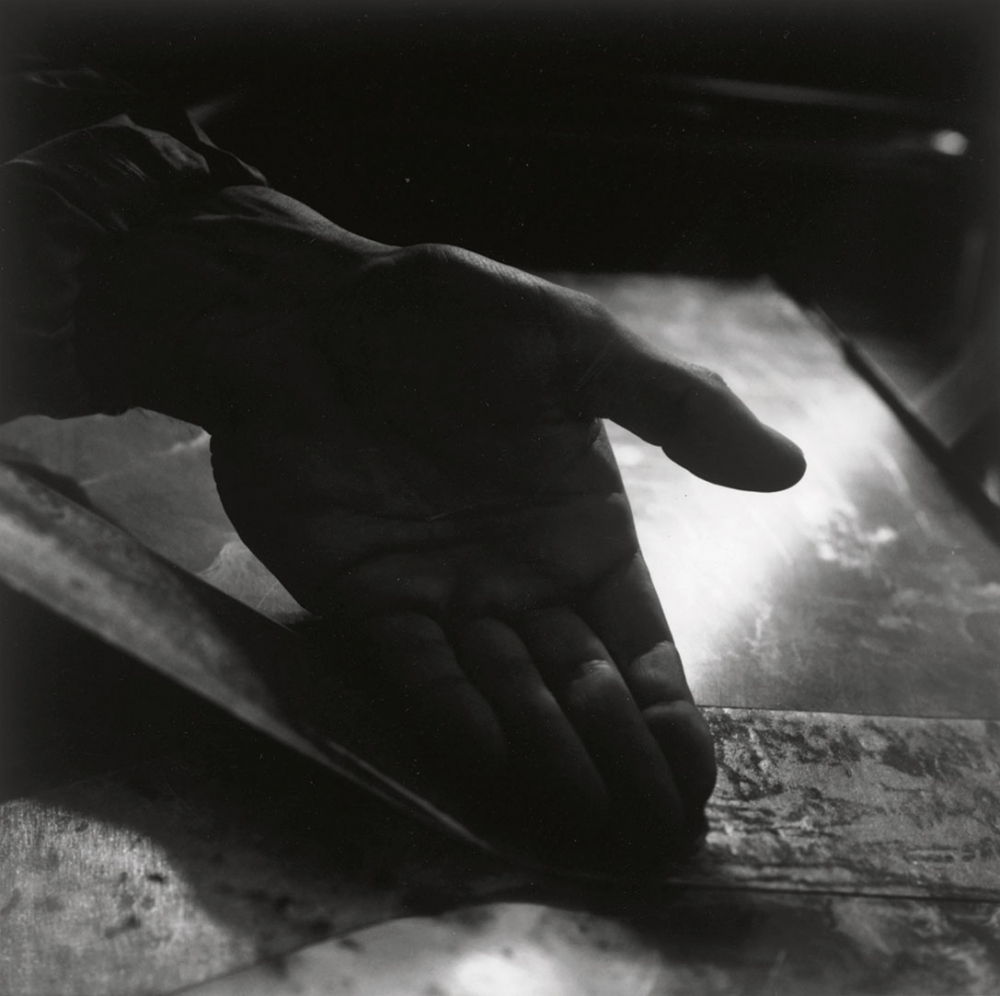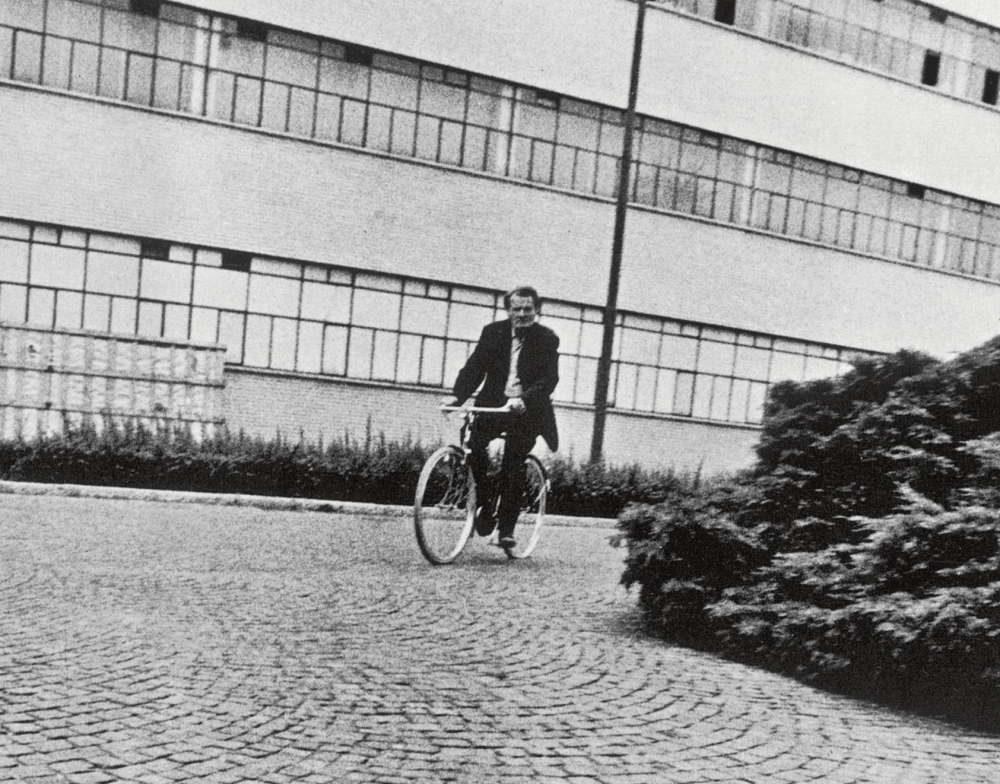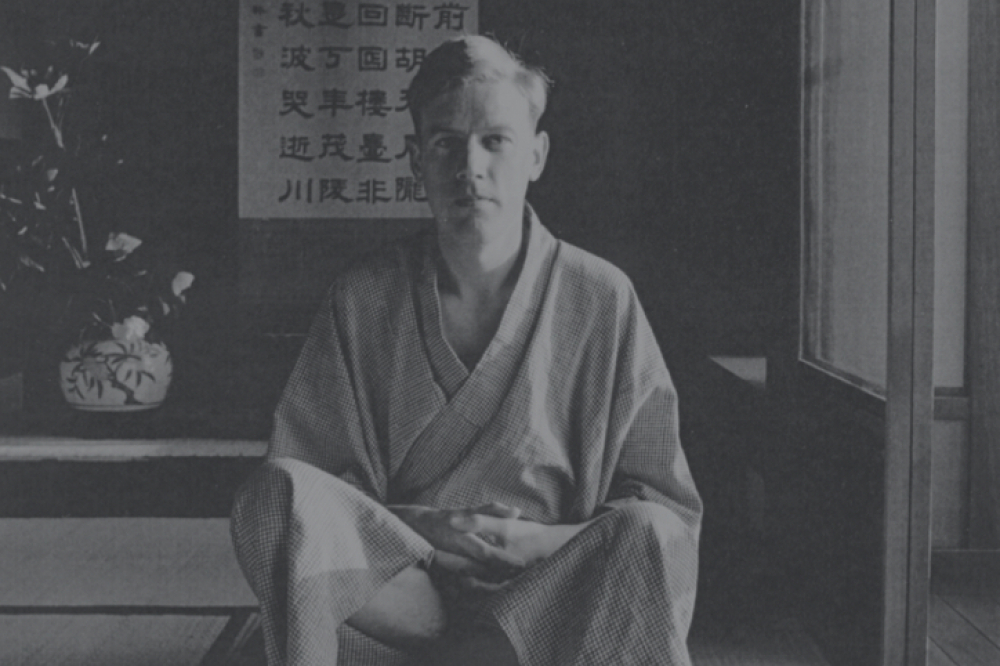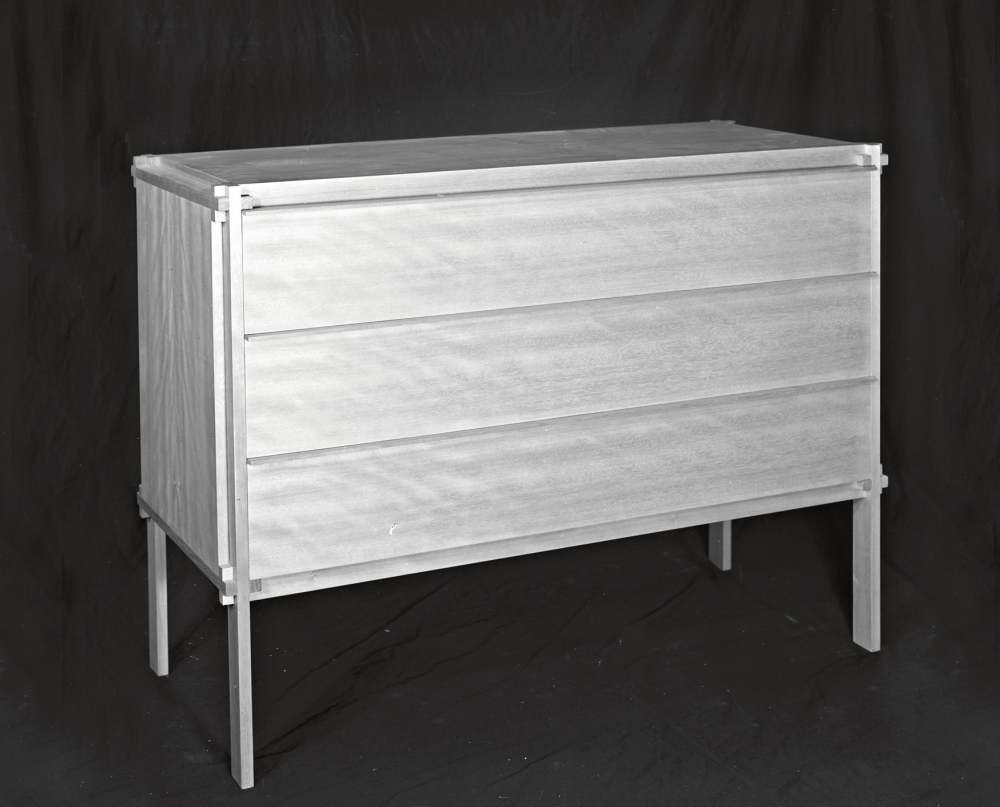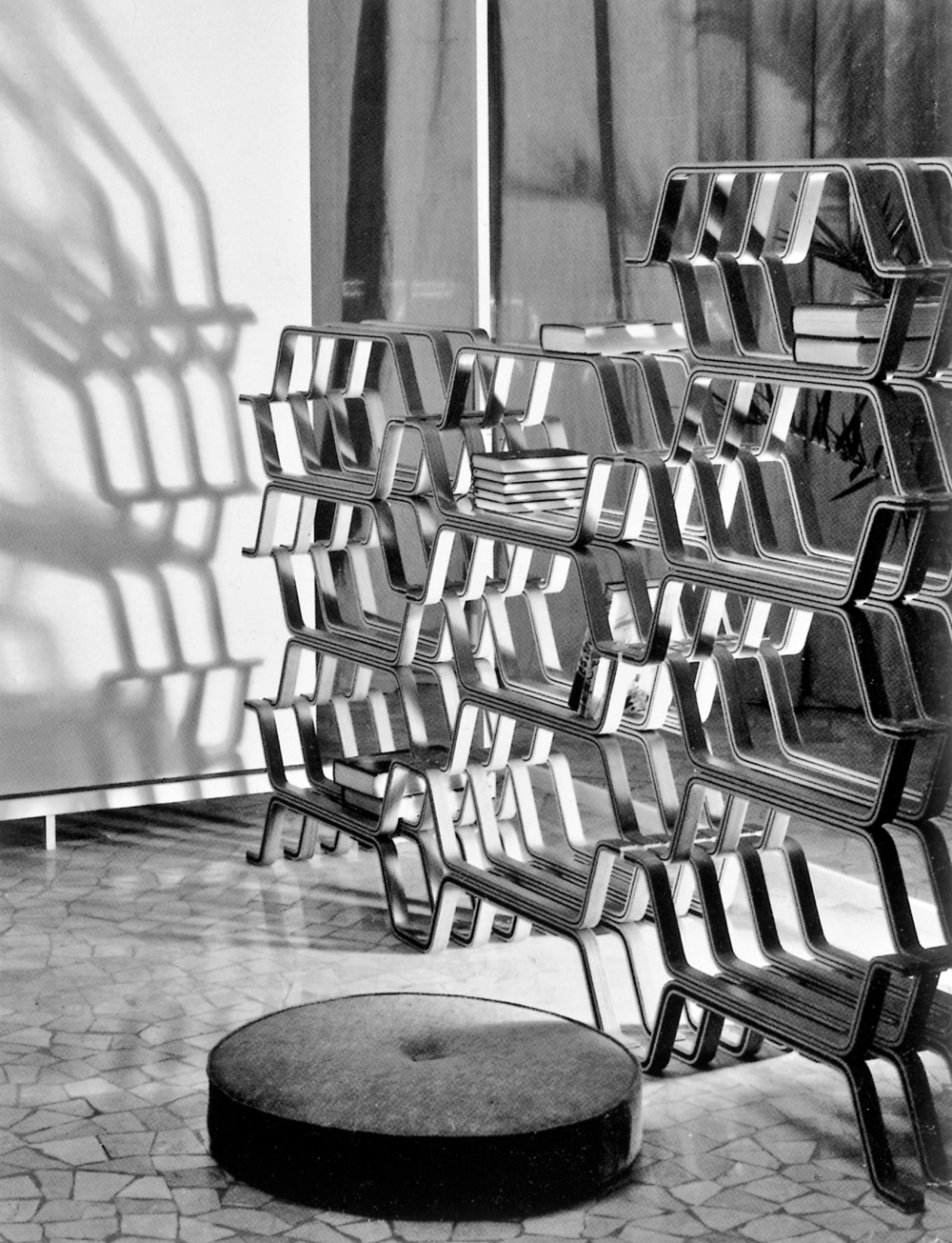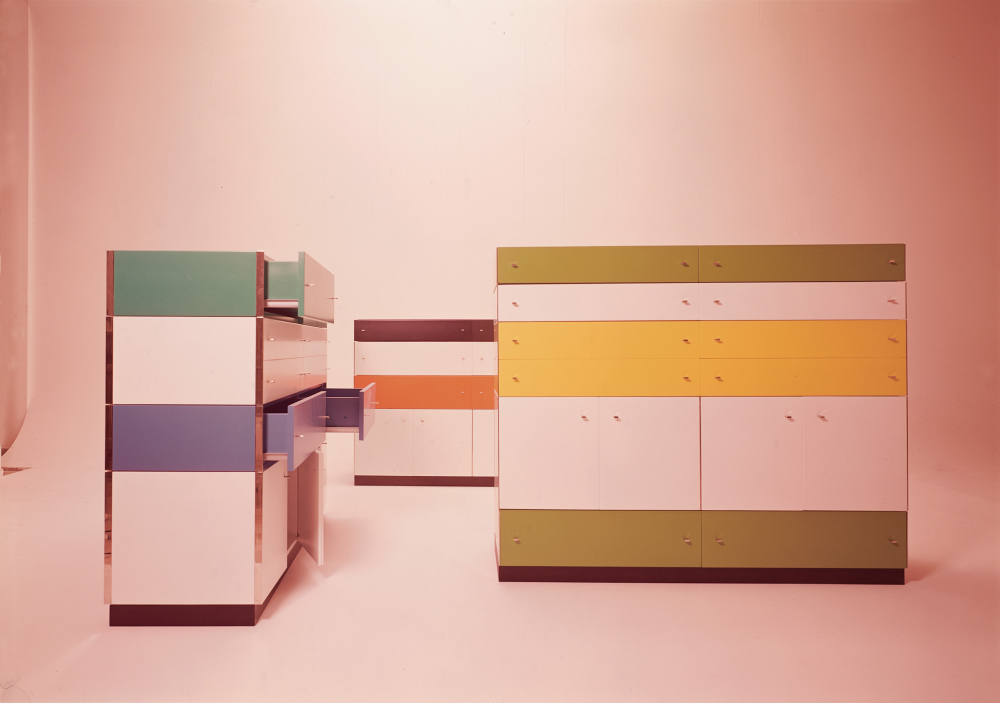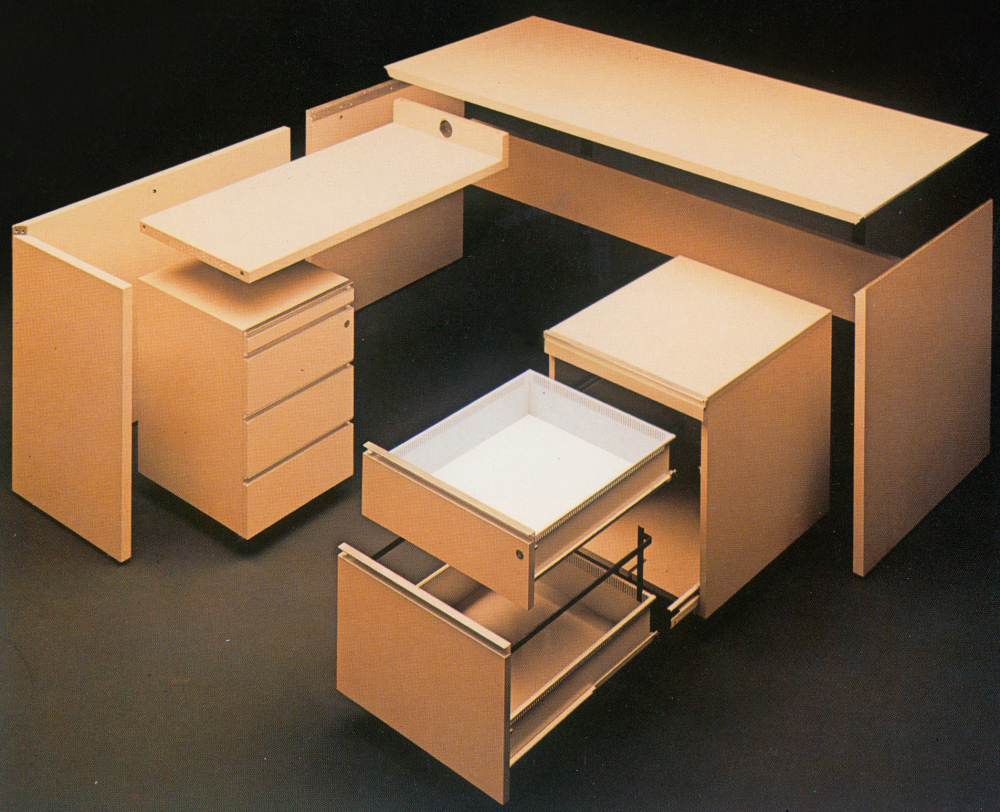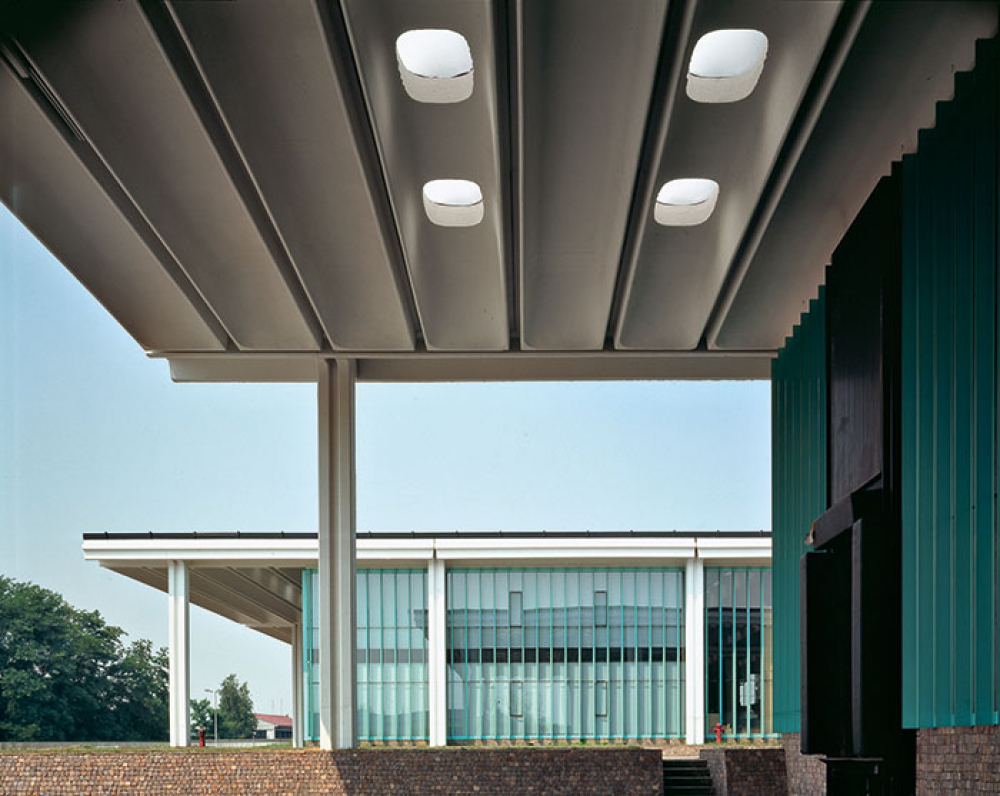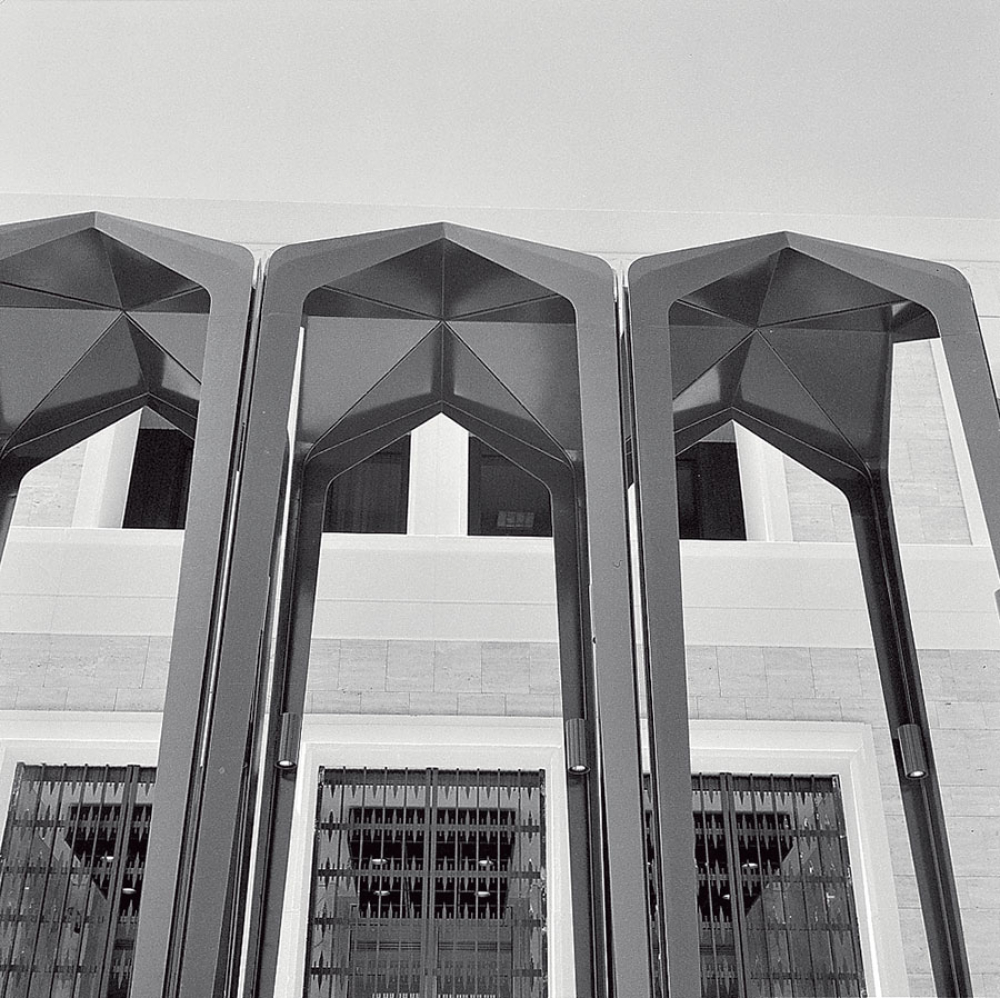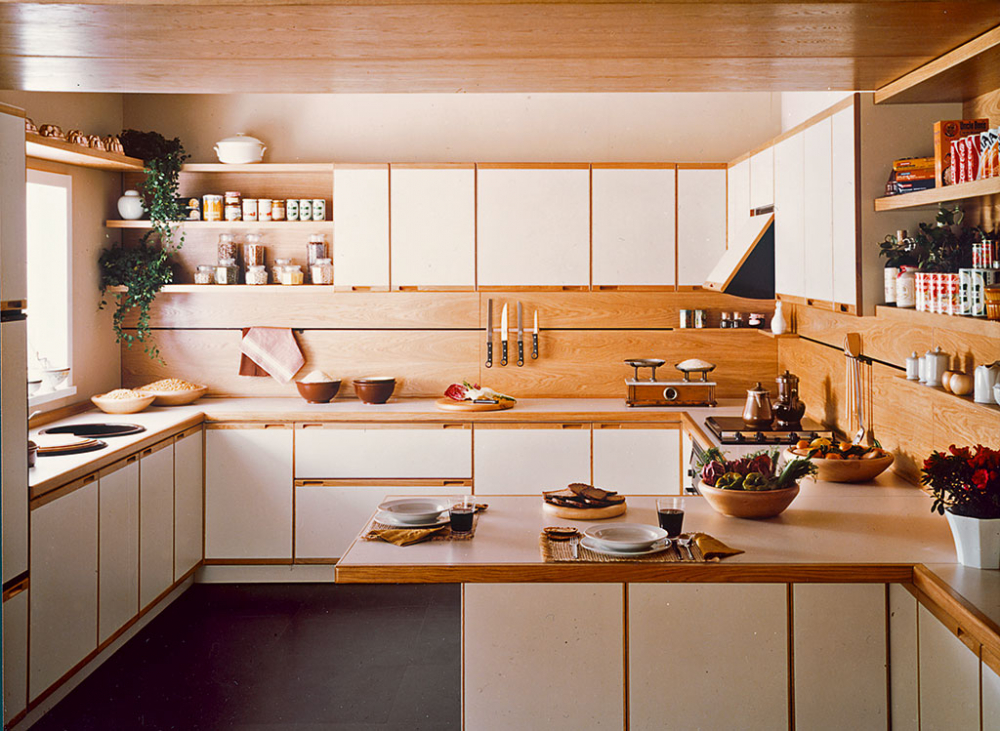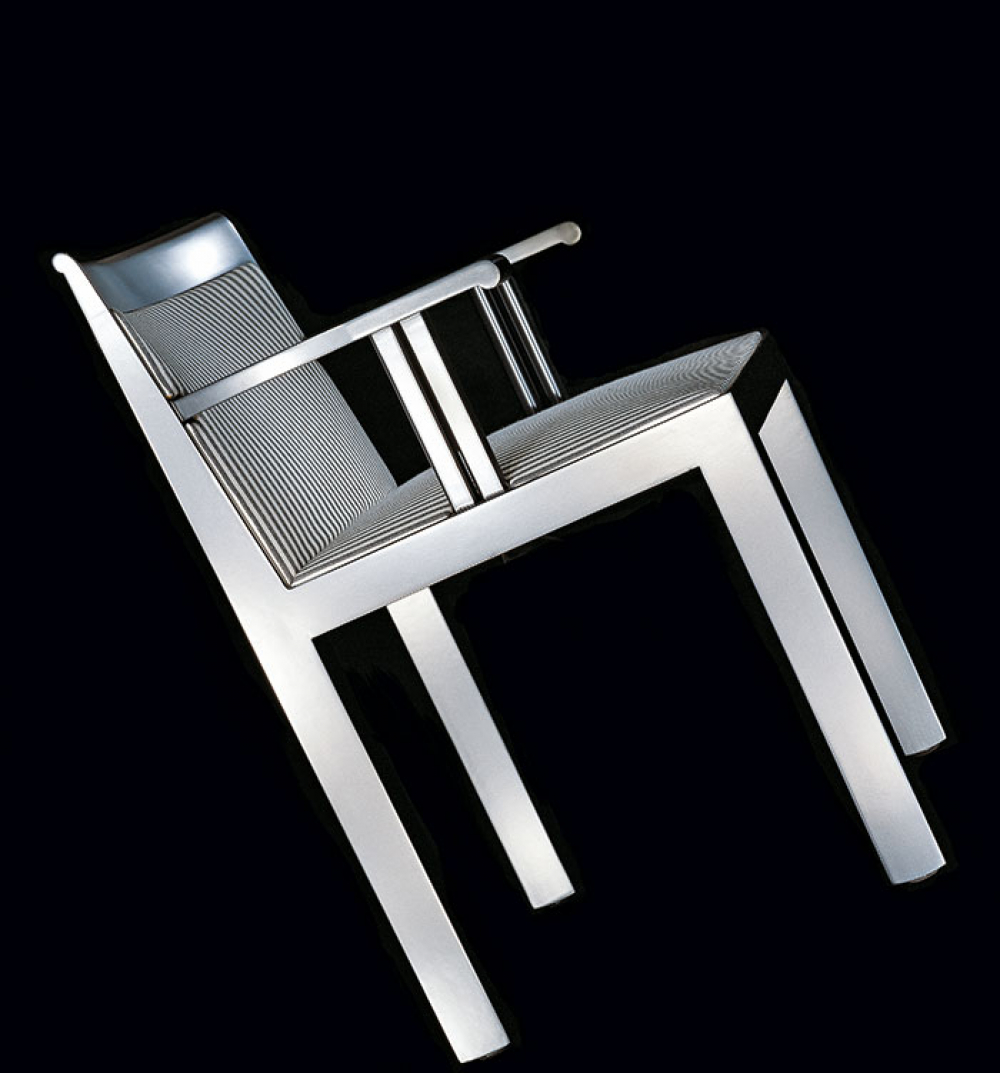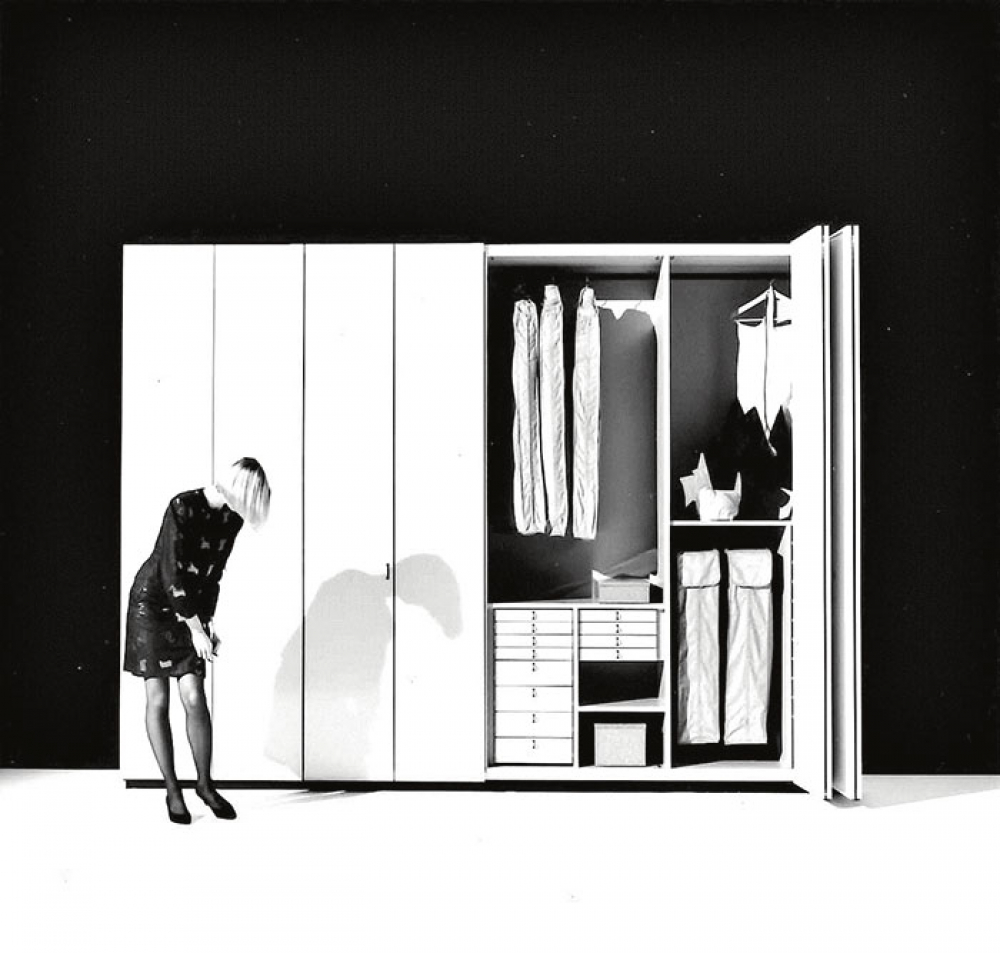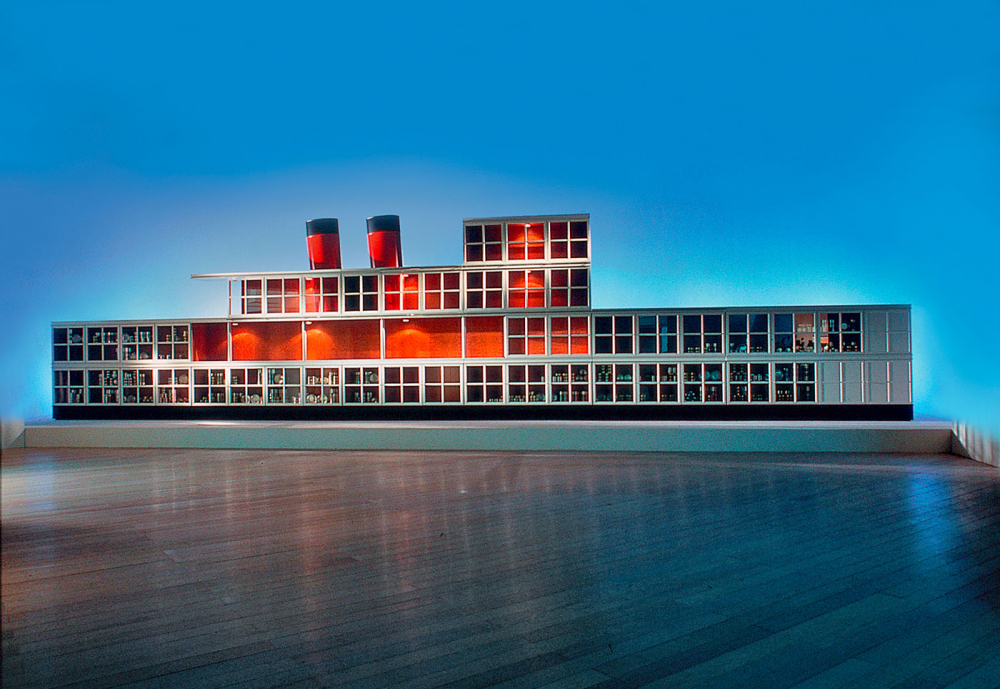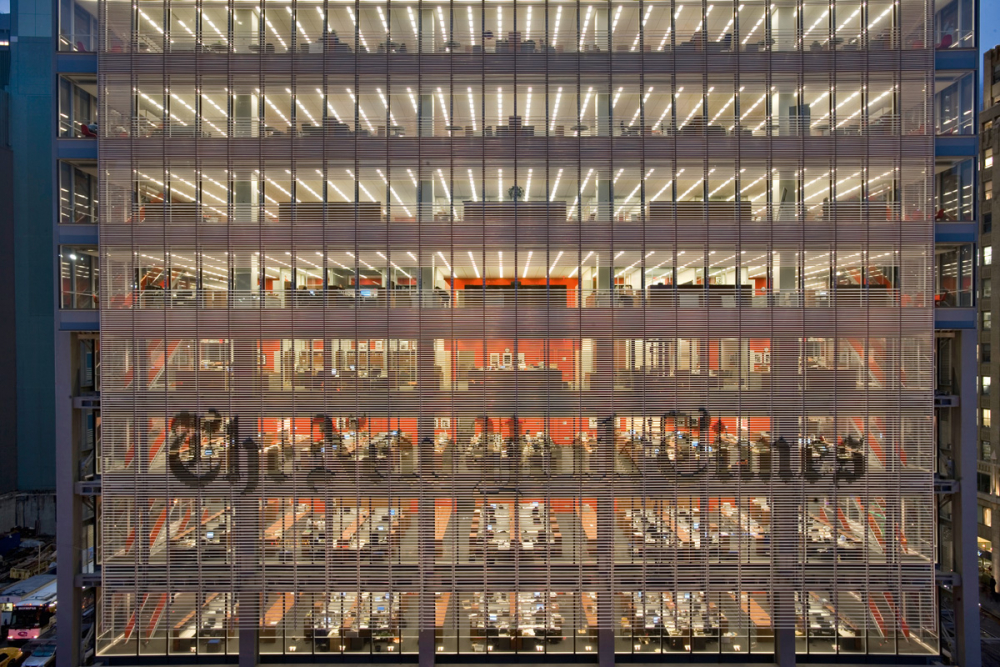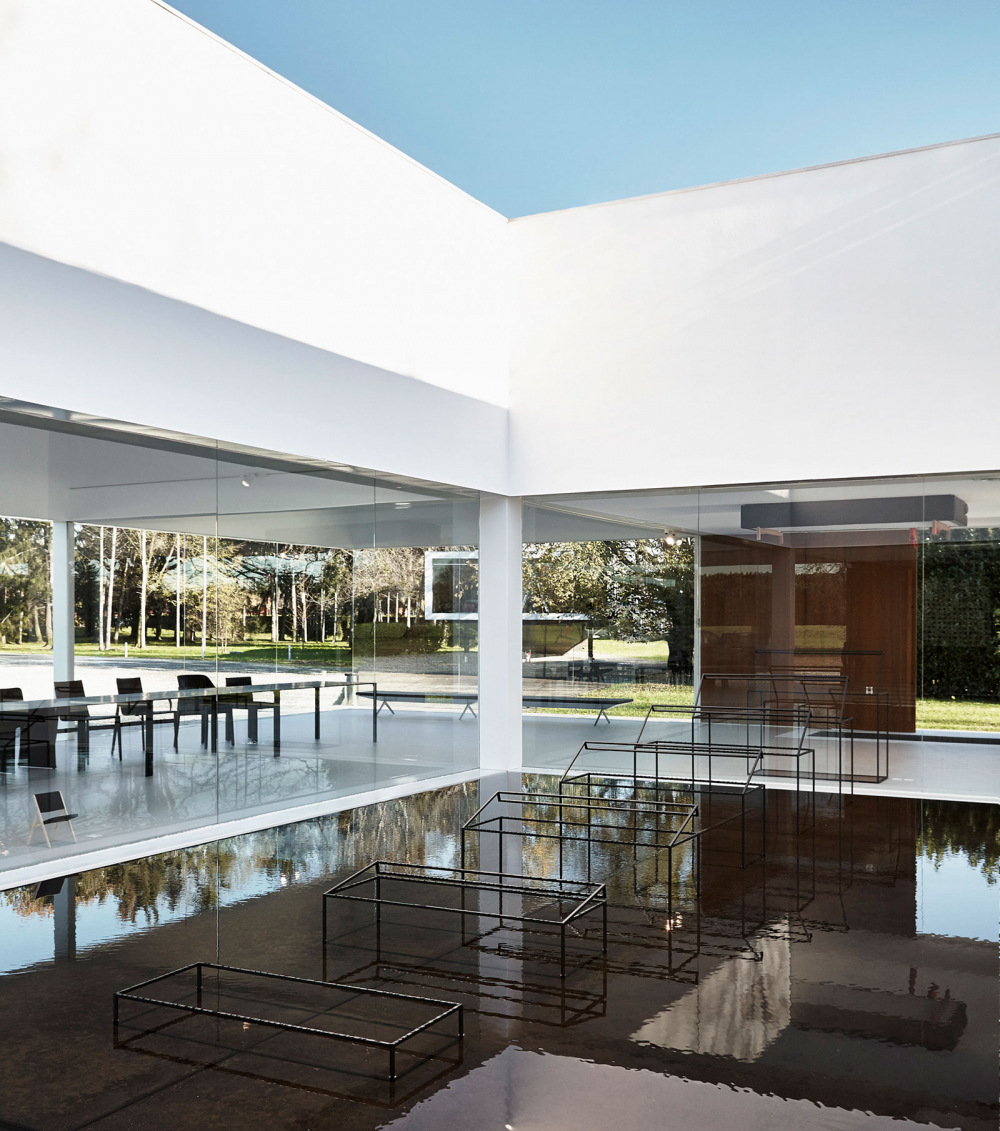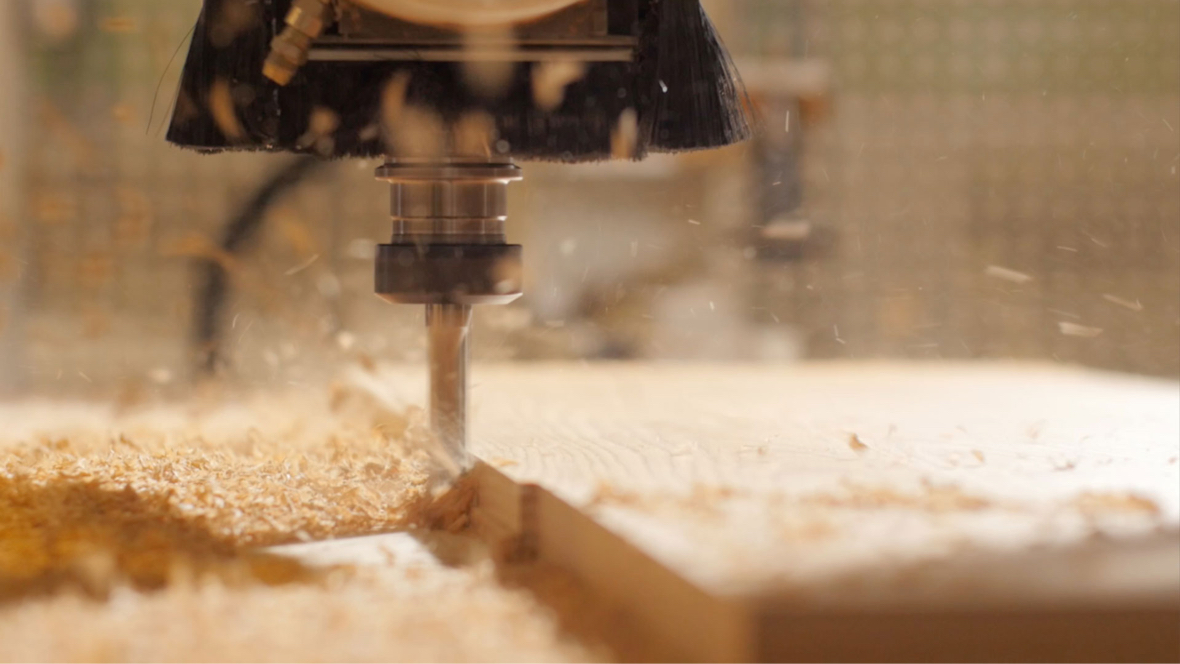
A long ride, with a few obstacles and many challenges, from 1934 to the present. And the feeling that it is never enough... No, “knowledge” is not enough anymore, but we have a magnificent obsession for quality every day and in every detail.
The Thirties and Forties
The Angelo Molteni furniture making company
1947, a photo of a football team, in front of an industrial shed. Fresh-faced young adults and boys only just out of school, almost all wearing overalls. They are the craftsmen and employees of the Angelo Molteni furniture making company, founded a few years earlier in 1934.
The Fifties
The Fabulous Fifties.
By 1955 Angelo Molteni’s firm already boasted a workforce of 200. The desire to move into the future worked miracles, the boom years were in the making. Confidence and good will fostered encounters, important encounters. The first was with Alberto Zevi. Mr. Zevi convinced his furniture-making friend to purchase the first industrial machines, a multiple press and a dry kiln, which ensured total control of the supply chain
The Sixties
Goodbye classics, hello architects and modern design!
After the machine revolution, the style challenge. Manufacturers join forces to attract the world to Milan and Angelo Molteni is among the 14 founders of the first Salone del Mobile 1961. “Modern” furniture makes its debut Molteni experiments with Carlo De Carli but the breakthrough comes with the modular systems designed by Tito Agnoli, Angelo Mangiarotti and Luca Meda. In 1968, in six or seven months, production is turned around Goodbye classics, hello architects and modern design!
The Seventies
Contract and design
1975 marked a watershed. The first numerically controlled machines were the hardware, that came together with the software, people, with the names and surnames of architects. Icons were created — Modulo3, Monk, Mop, Mount 505. They sound like an encrypted protocol but were actually an industrial, cultural and design programme. Outside the world was pulsating; in the industrial complex in Giussano development strategies were being drawn up design inaugurated the modular decade — a celebration of flexibility.
The Eighties
The theater of the world
Unforgettable years indeed! The family was expanding and another place at table was required, for Dada. All that was missing was the kitchen… The Eighties were only just beginning but things were gathering pace, full of hope and promise. Luca Meda, determined and infinitely creative, brought his close friend Aldo Rossi to Brianza. New projects were in the pipeline: theatres, families of products that would re-write the history of forms. Tradition and future went hand in hand. And the world looked on, intrigued. Would they be great classics?
The Nineties
Less is more
Piroscafo — a steamship — was the perfectmetaphor for the 1990s. Ploughing its way across the oceans, it symbolized an era of glo balization. On the way back to Samarcand old-fashioned words re-emerged: acknowledgement, specialization, flexibility, large numbers. And new paradigms: minimalism sustainability, alternative materials, wireless “Less is more” acquired new connotations Hidden quality was the second metaphor Technology yes, but with discretion. Shshsh Silence! Listen to the designs!
The New Millennium
New stories and responsibilities
The first fifteen years of the New Millennium, marked by Barack Obama’s slogan, “Yes, we can!”, respond to the word responsibility. Out there, in the world, with events that focus on the design culture, such as the exhibitions dedicated to Aldo Rossi, Luca Meda, Jean Nouvel and Ron Gilad, or the Frammenti di casa show at Villa Torlonia.
Today
A long stretch, with a few obstacles and numerous challenges, from 1934 to today. And the feeling that it is never enough… No, “expertise” is no longer enough. But the real conquest is the community, inside and out The local area plus new markets, words and images. Communication. Glances, gestures services, the supply chain, processes and strategies. Reputation and social responsibility. Every day and in every detail, a magnificent obsession: brand quality.
